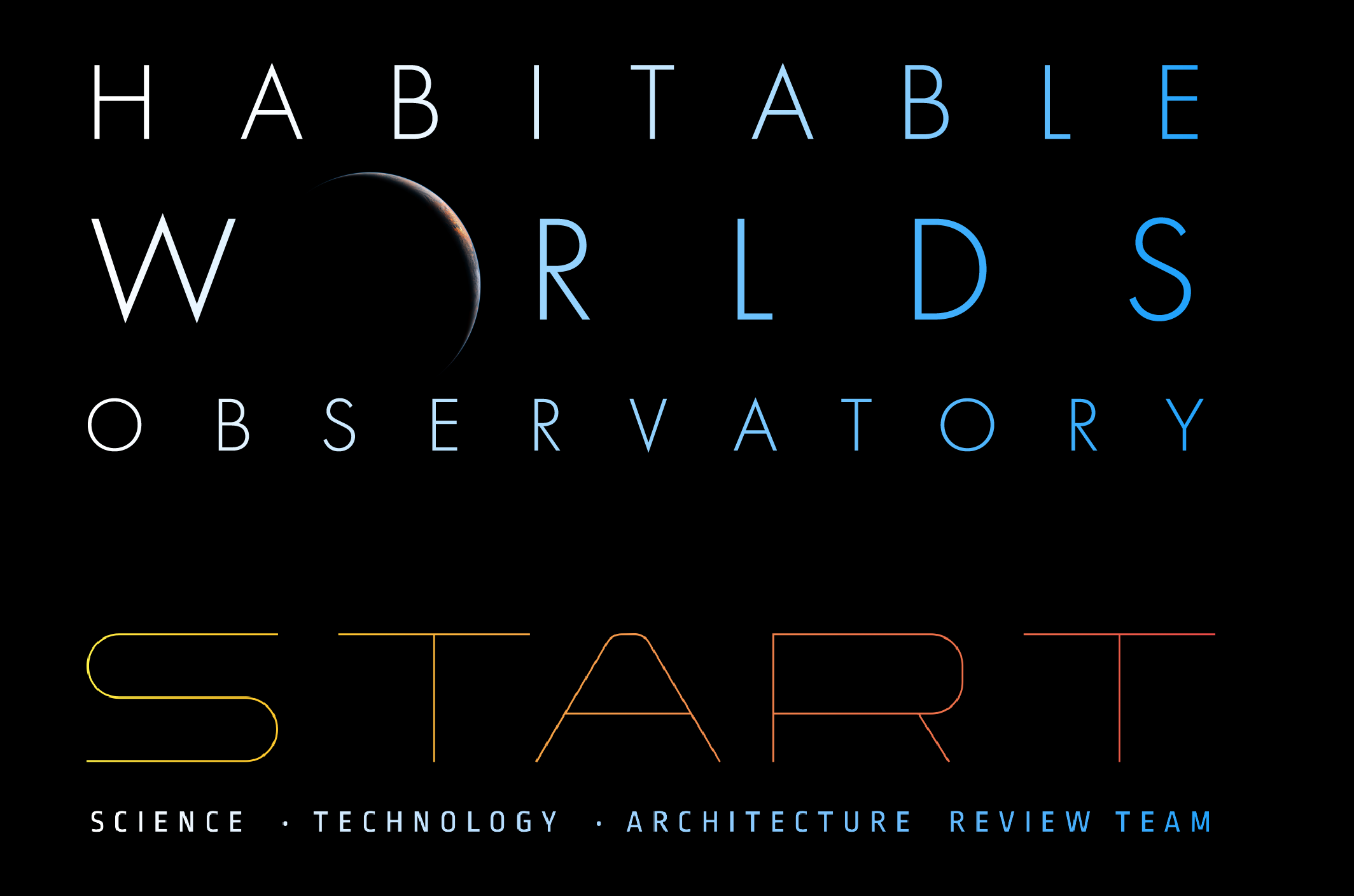Astro2020 has placed pursuit of a new constellation of GREAT OBSERVATORIES as the top national priority for the future of space astrophysics. The report envisions a new strategy for the development of these large missions in the form of the Great Observatories Mission & Technology Maturation Program (GOMaP), whose first entrants are to be a “~6m IR/O/UV Observatory optimized for exoplanet imaging/spectroscopy and general astrophysics”, followed by a high spatial and spectral resolution X-ray Great Observatory, and a Far-Infrared Great Observatory. To first order, GOMaP is a decade long program designed to retire risk, co-mature enabling technologies, and conduct science + architecture trades for all three mission entrants.
NASA is now calling the first GOMaP entrant the HABITABLE WORLDS OBSERVATORY, and is forming a Science, Technology, and Architecture Review Team (START) to help guide HWO into the GOMaP. START will be tasked with translating Astro2020’s science objectives and goals into quantified observational capabilities for the Habitable Worlds Observatory. More specifically, START will:
NASA has now selected 56 individuals to participate in groups that will guide maturation activities for HWO. The START co-chairs are as follows:
Courtney Dressing, University of California, Berkeley
John O’Meara, W. M. Keck Observatory
The Technical Assessment Group (TAG), meanwhile, will study architecture options for HWO, identify and assess the mission architectures and technologies needed to enable those options, and evaluate the risks associated with those options. The TAG co-chairs are as follows:
Lee Feinberg, NASA’s Goddard Space Flight Center
Bertrand Mennesson, NASA’s Jet Propulsion Laboratory (JPL)
Aki Roberge, NASA Goddard
John Ziemer, NASA JPL


